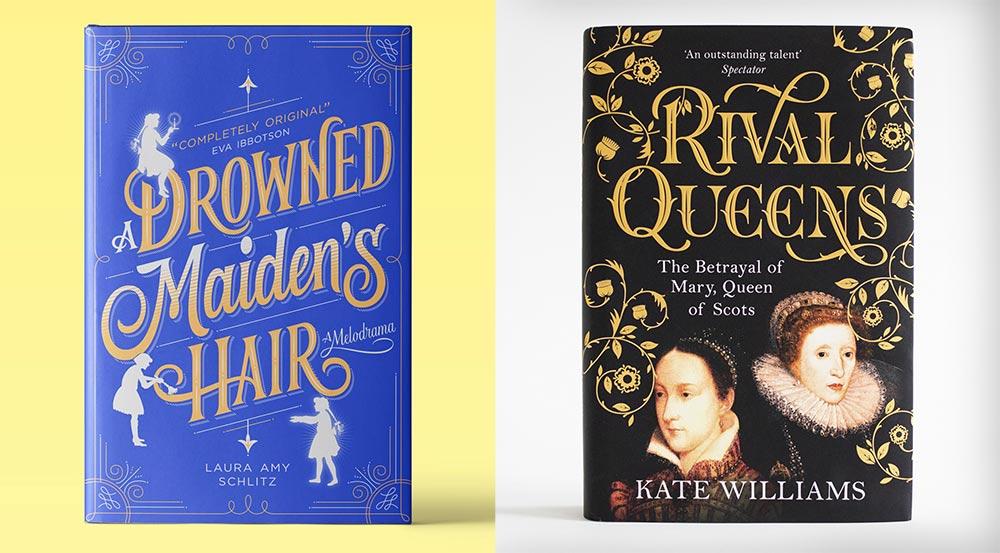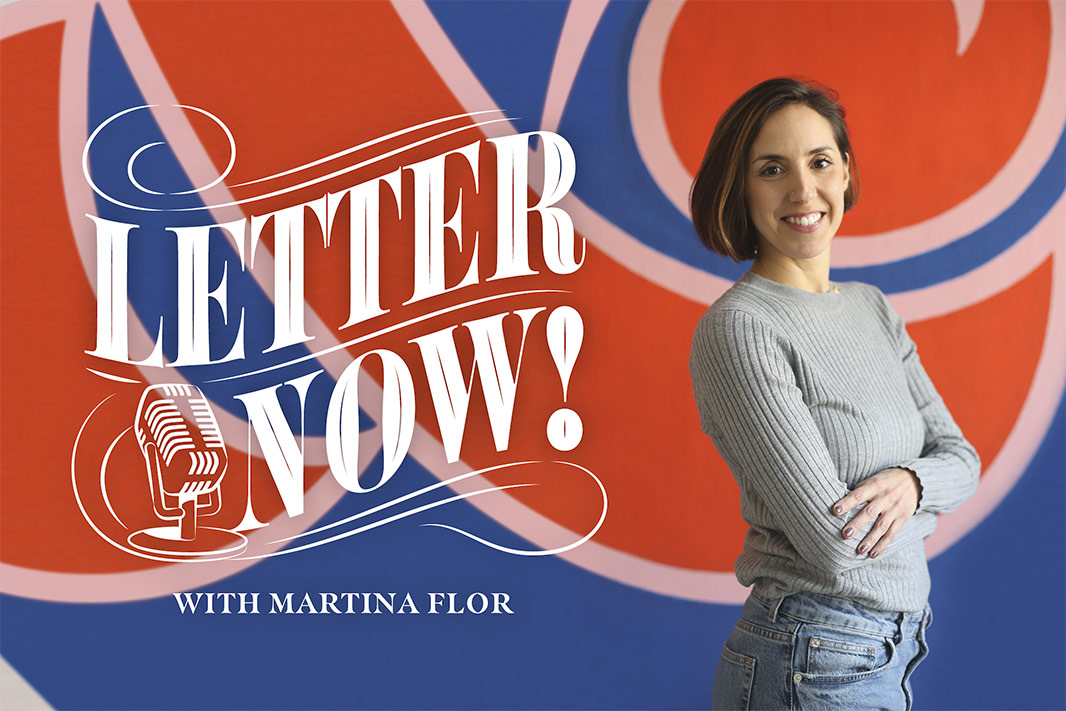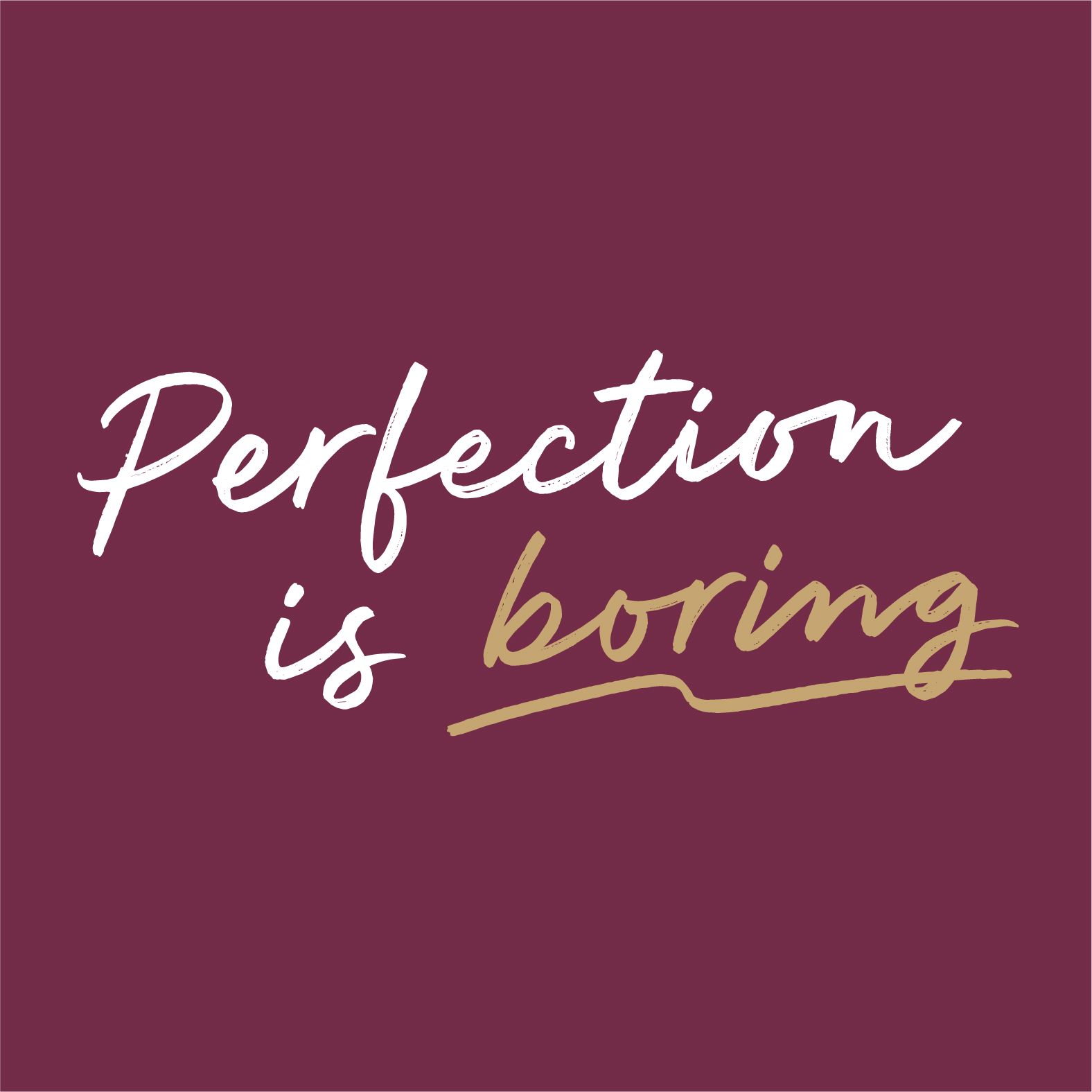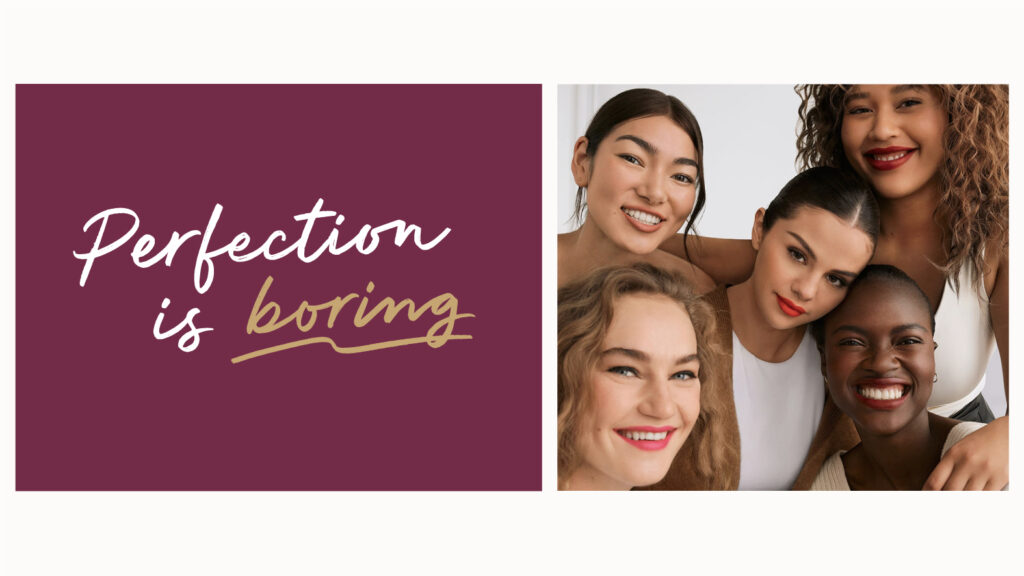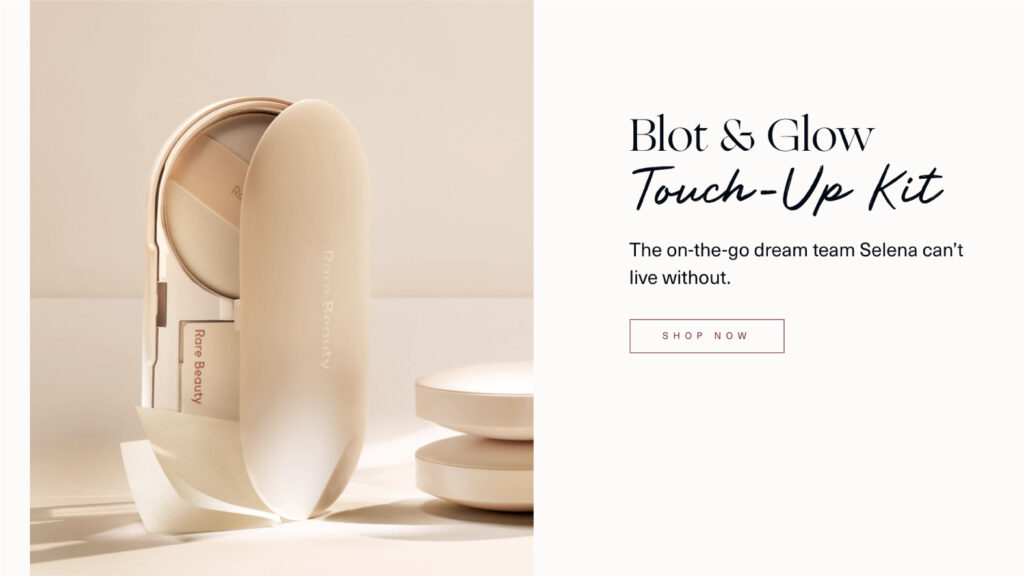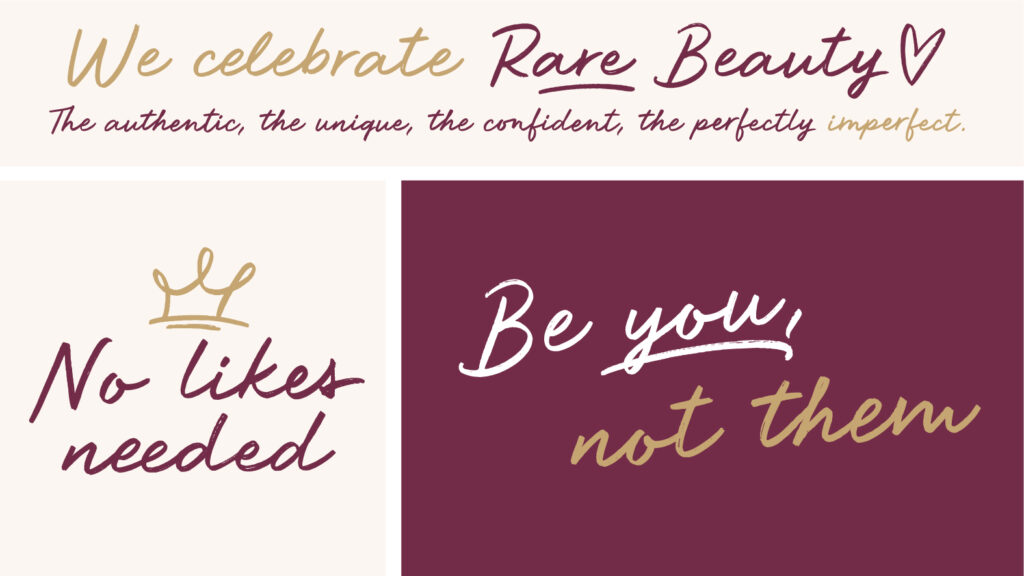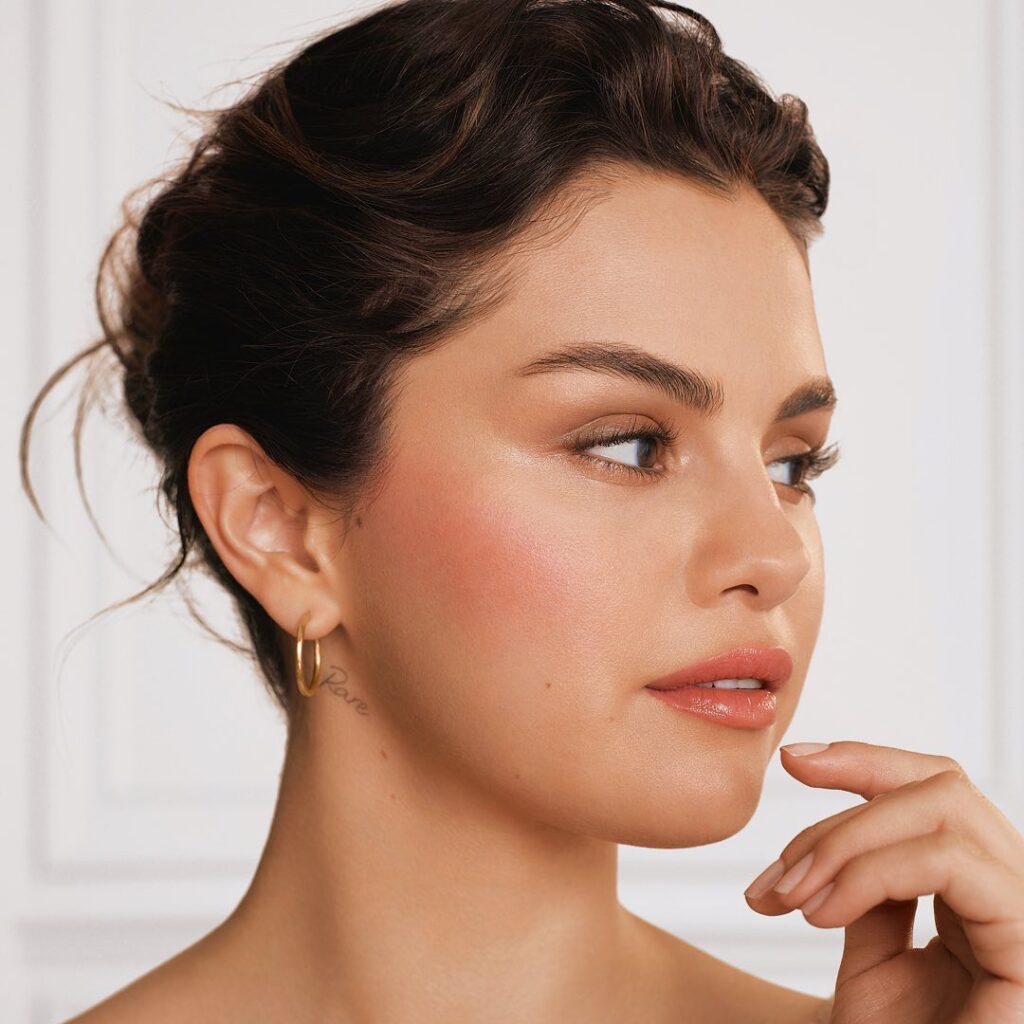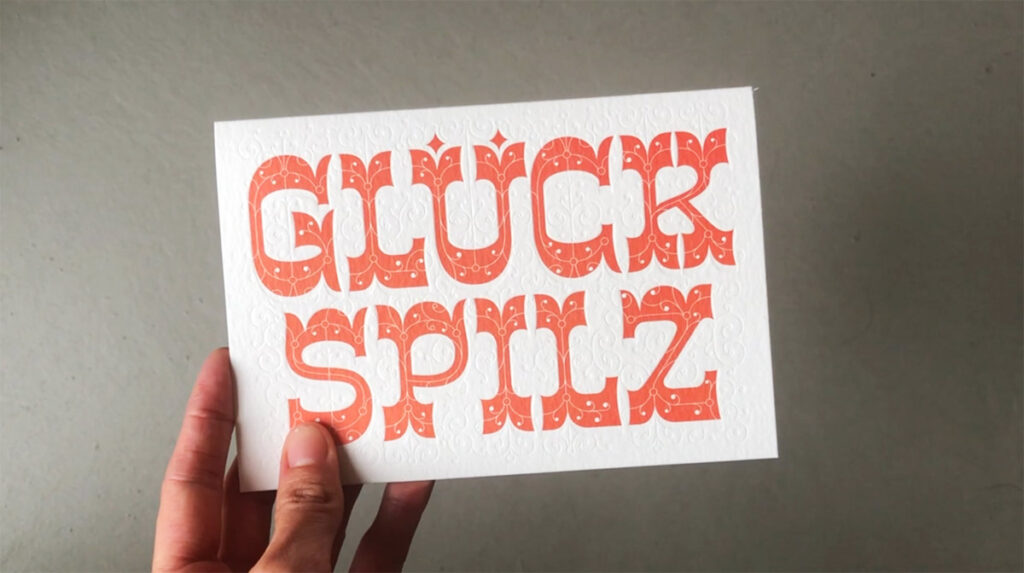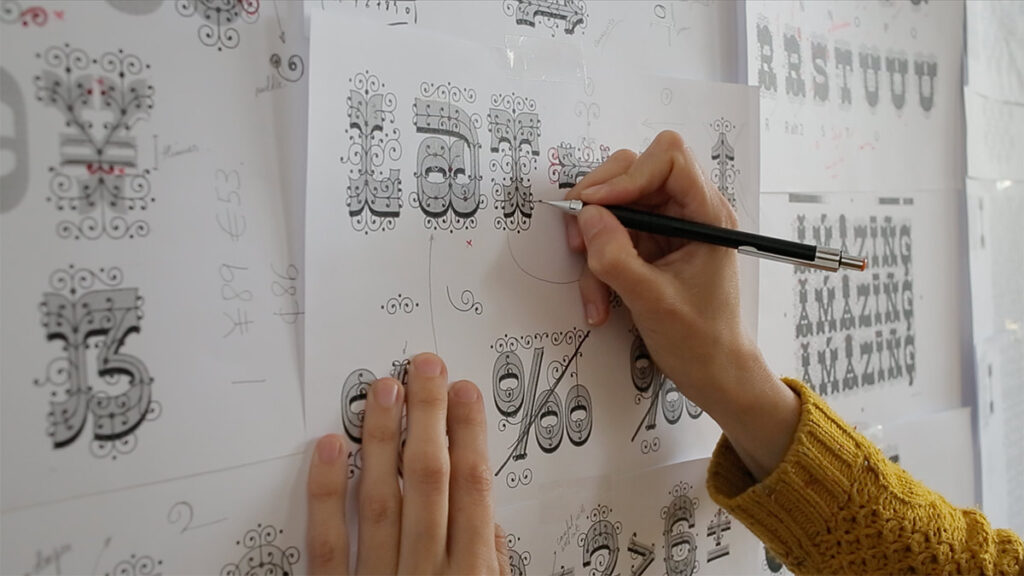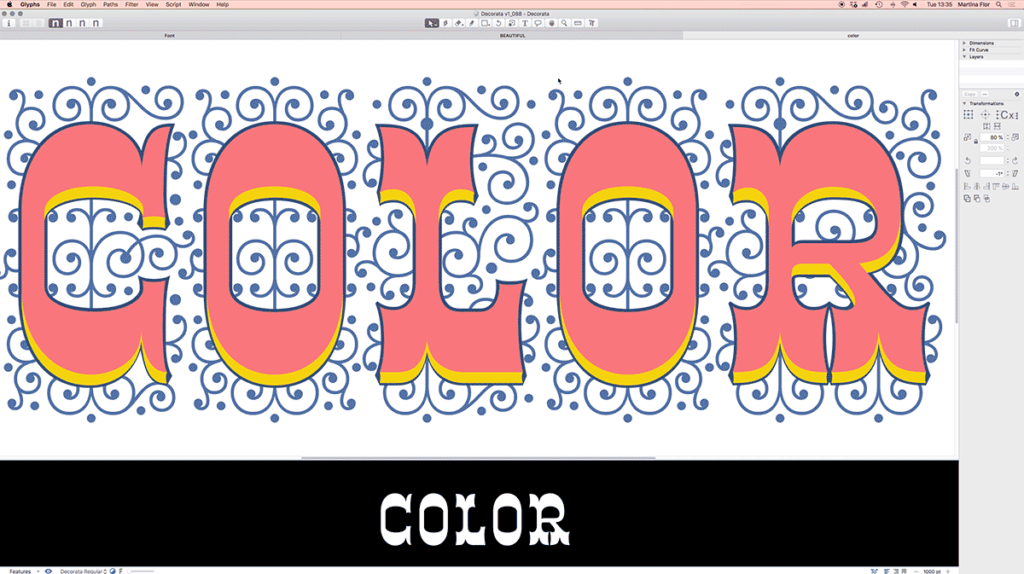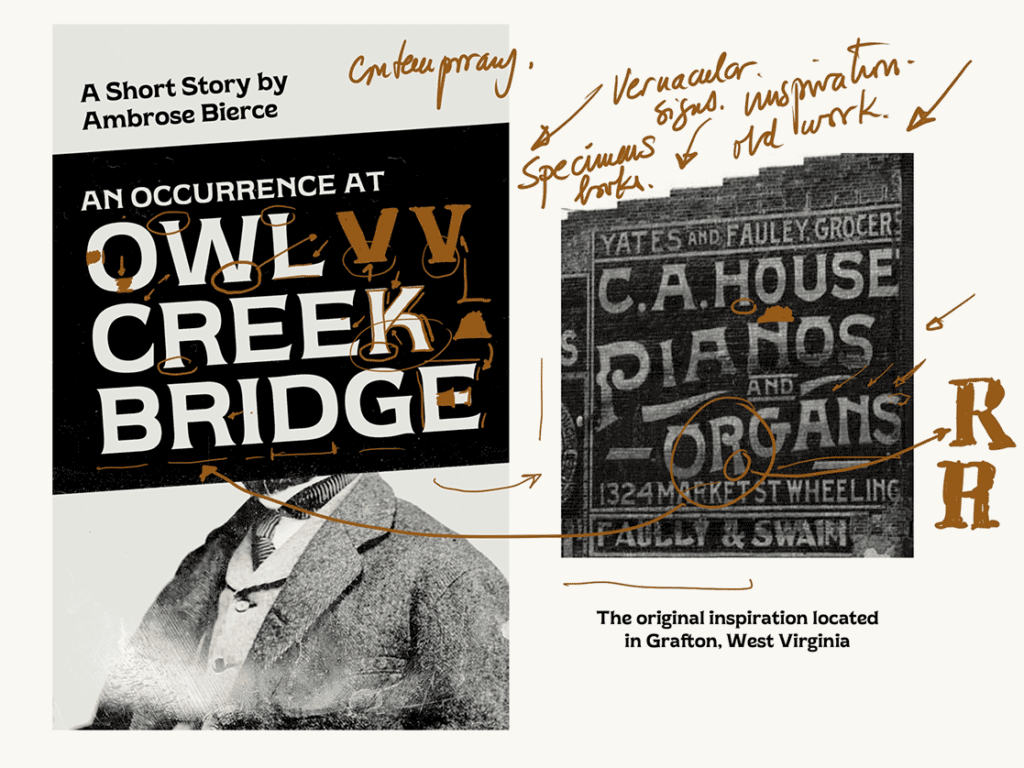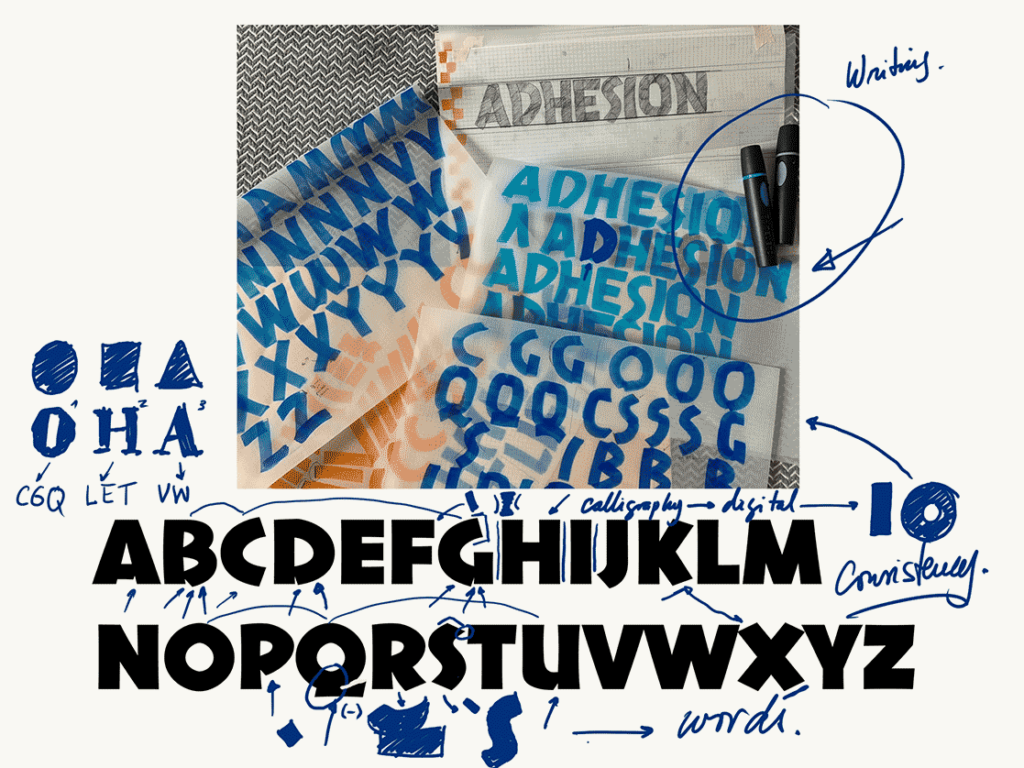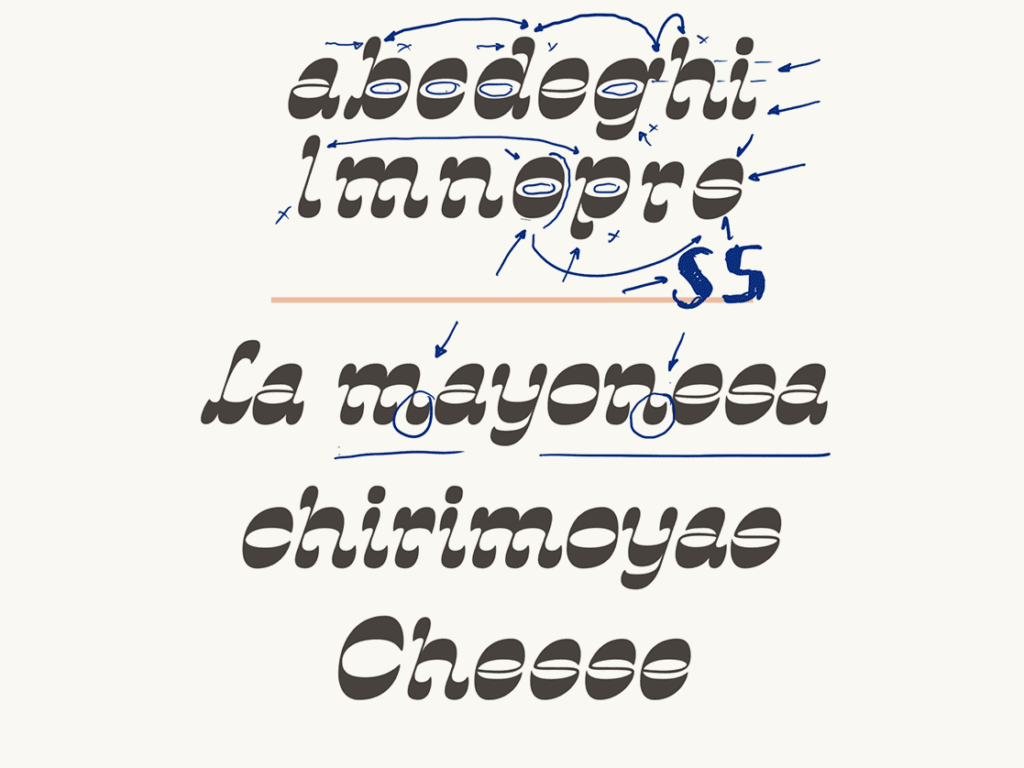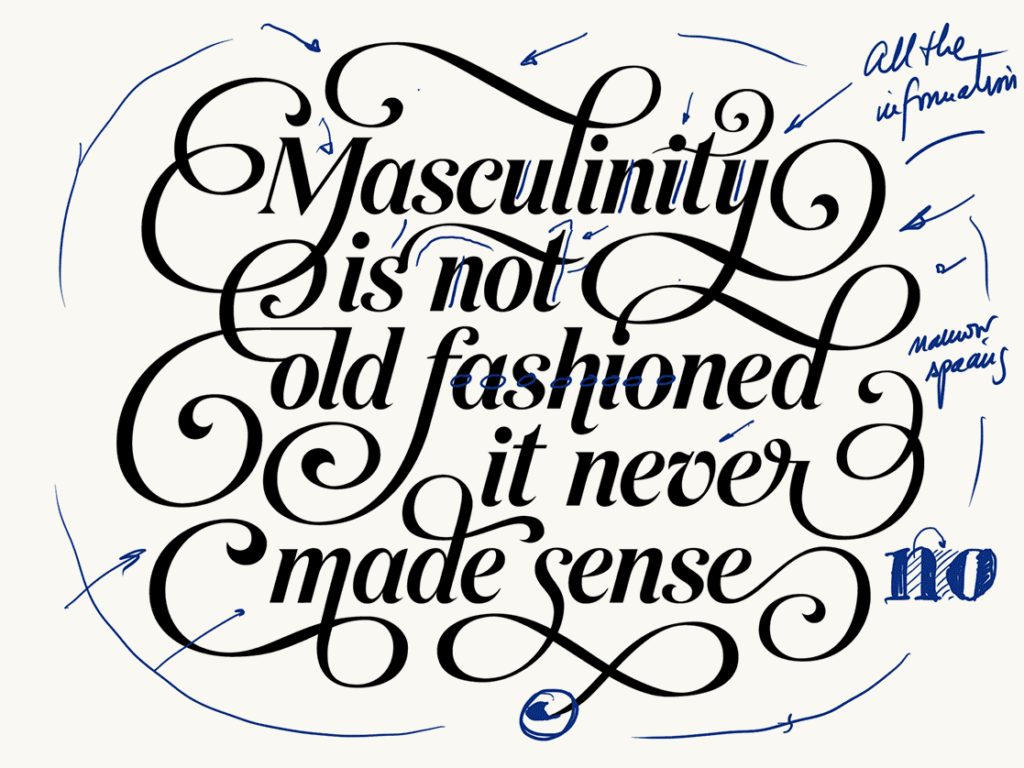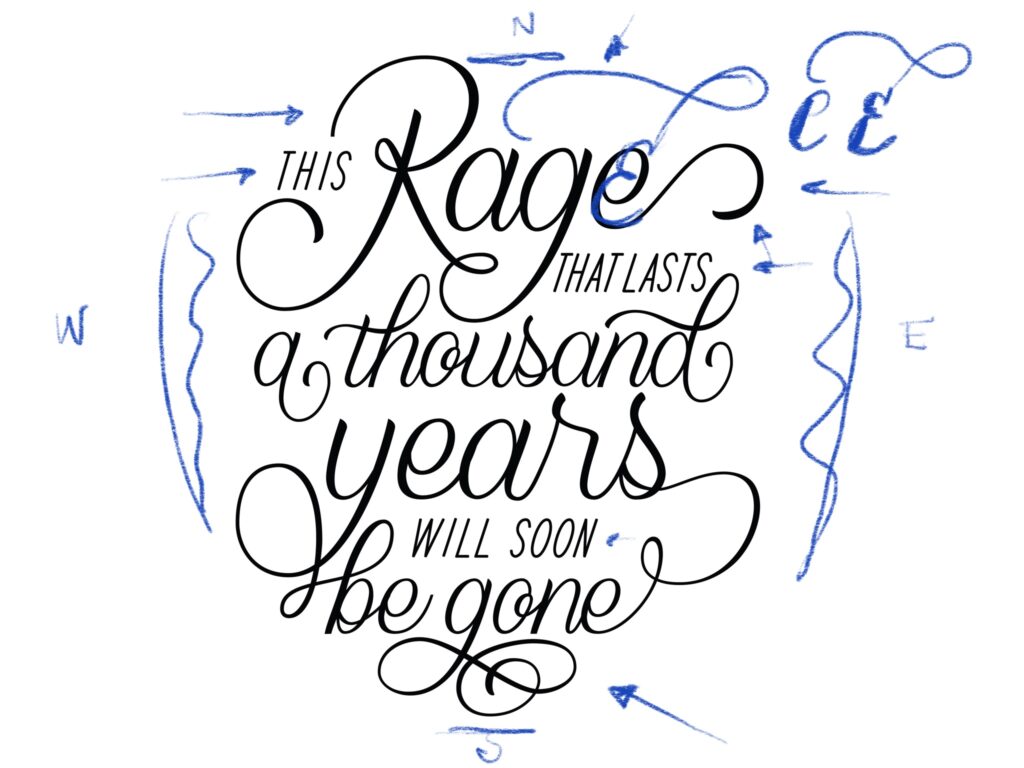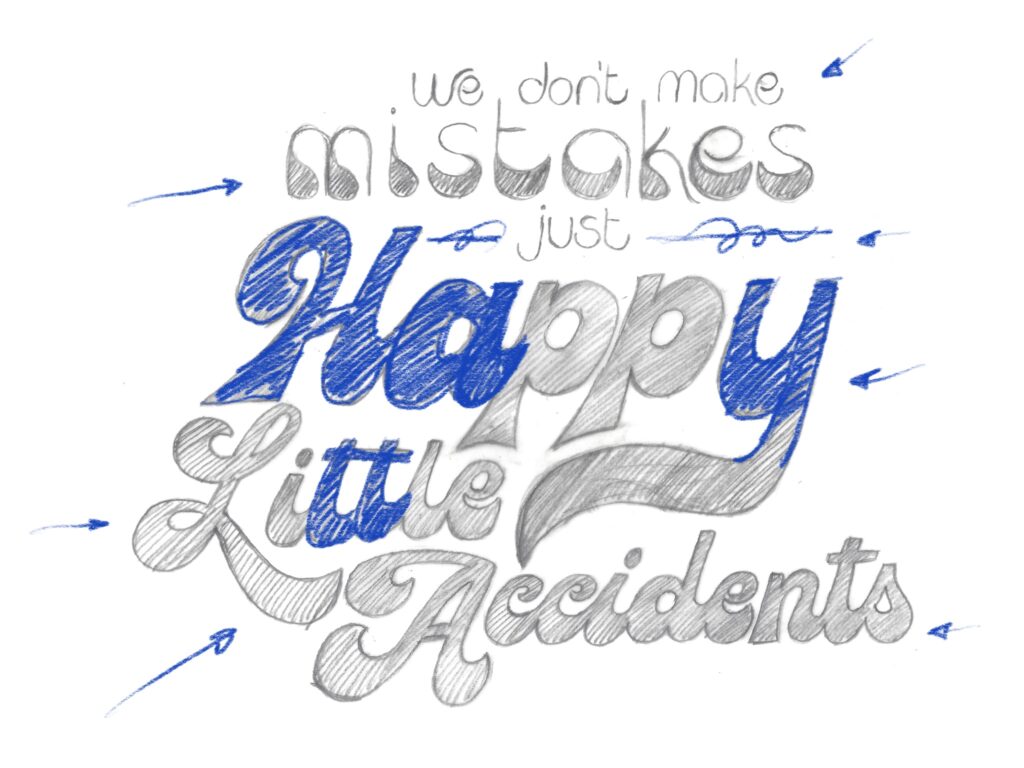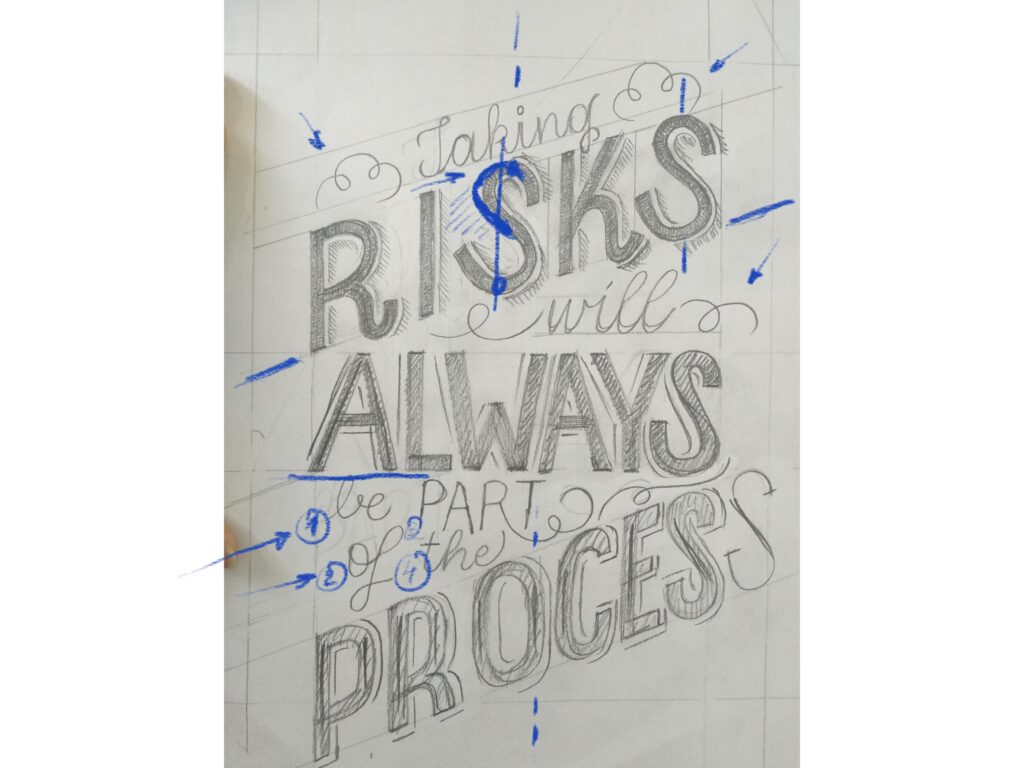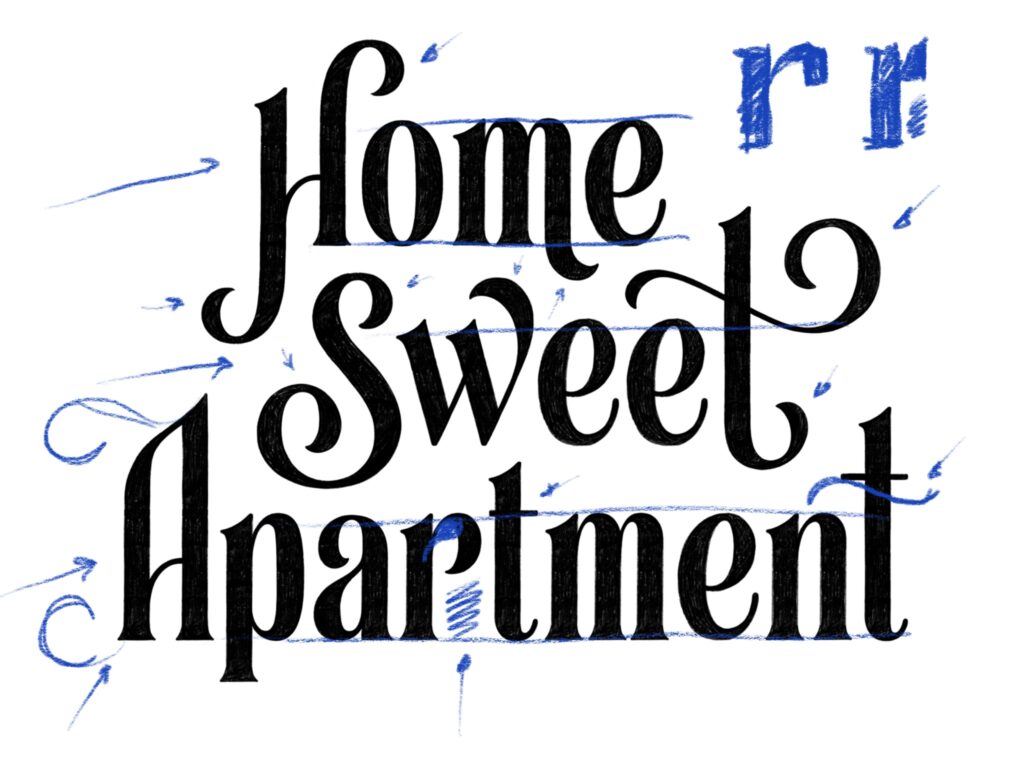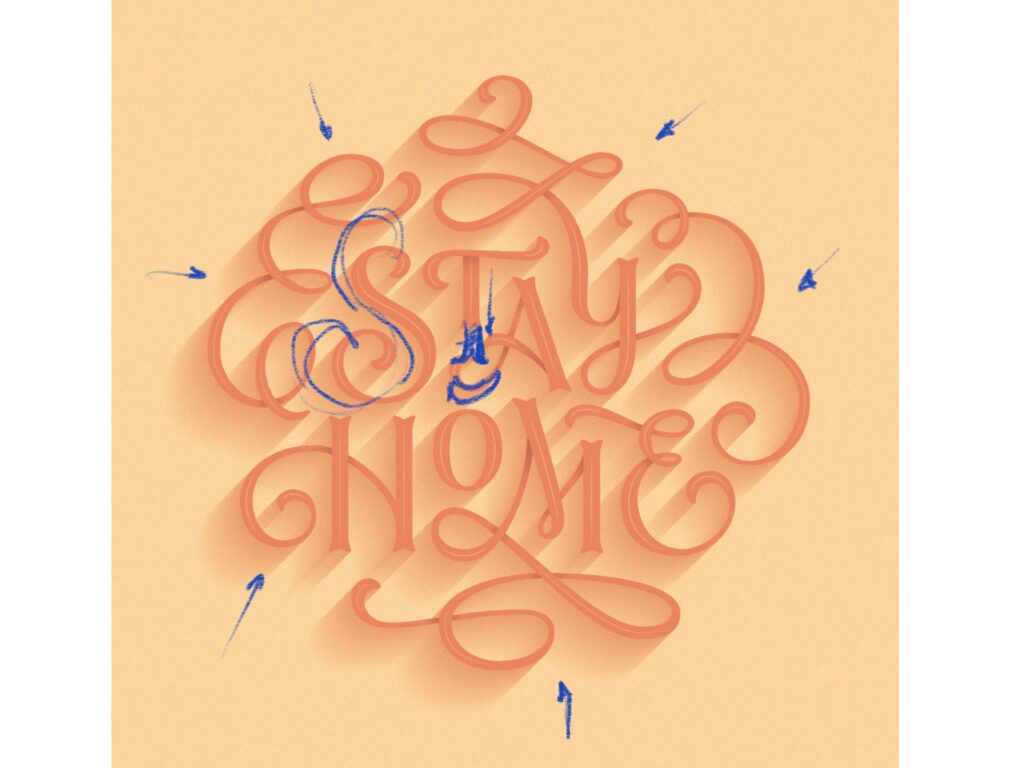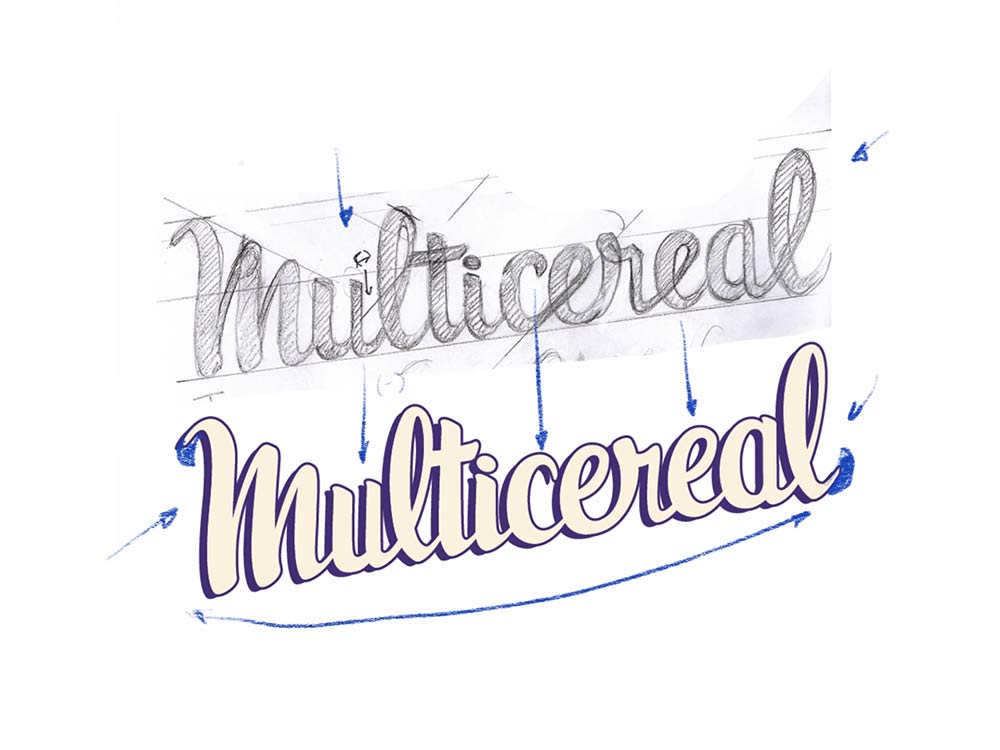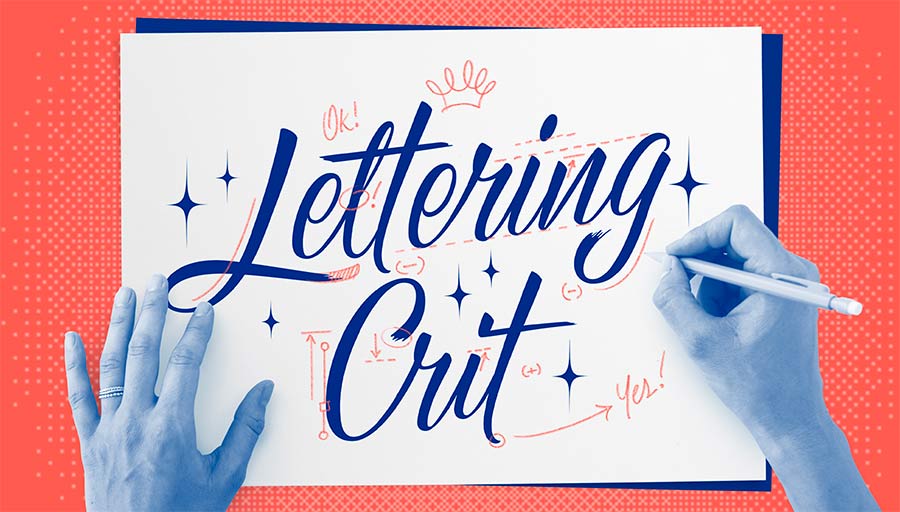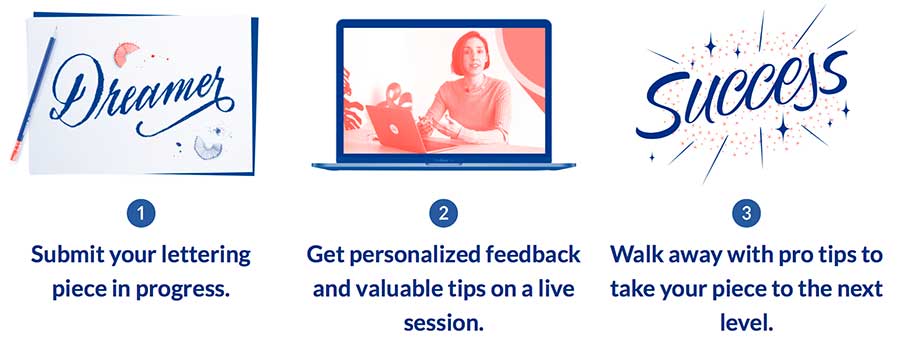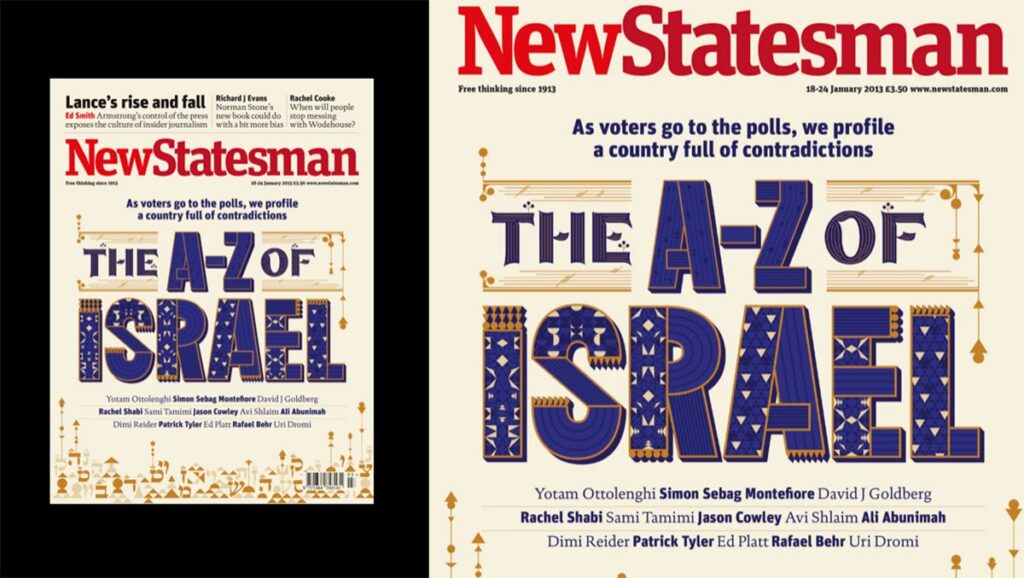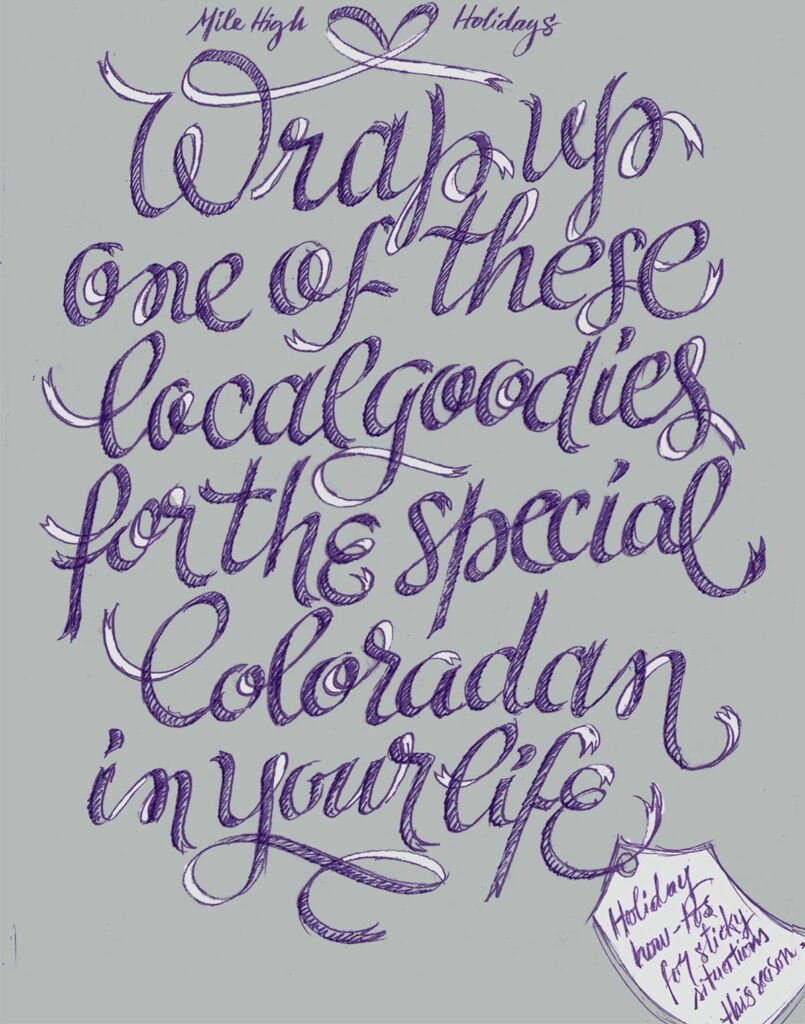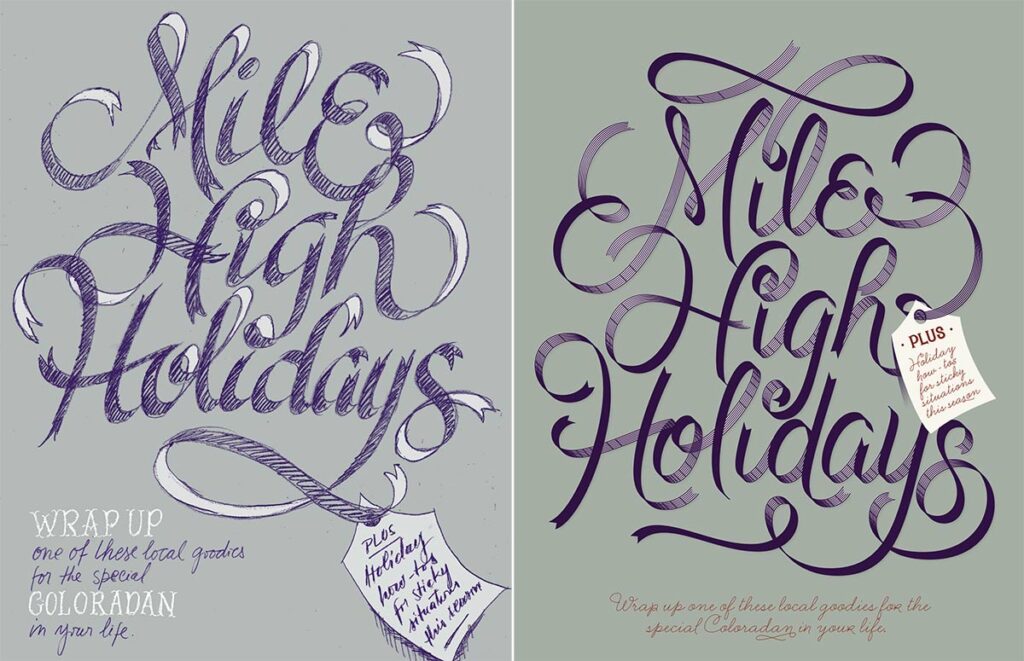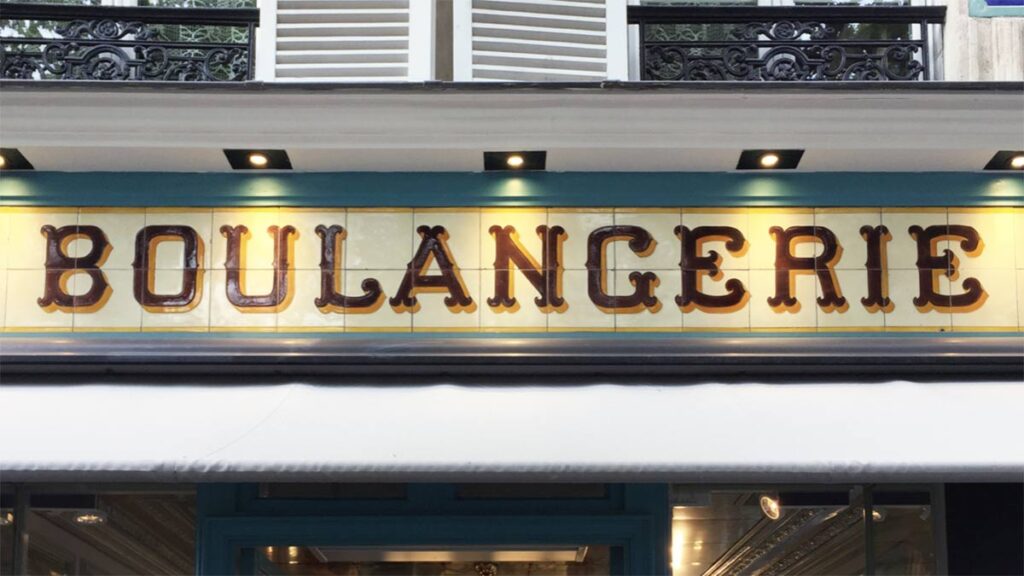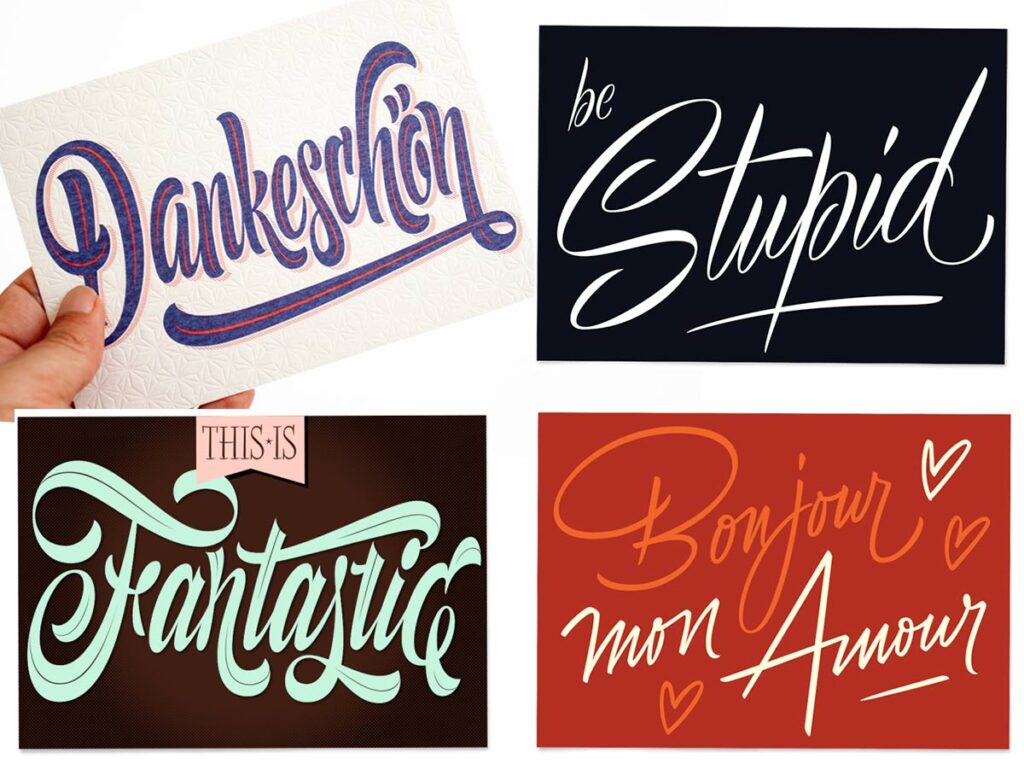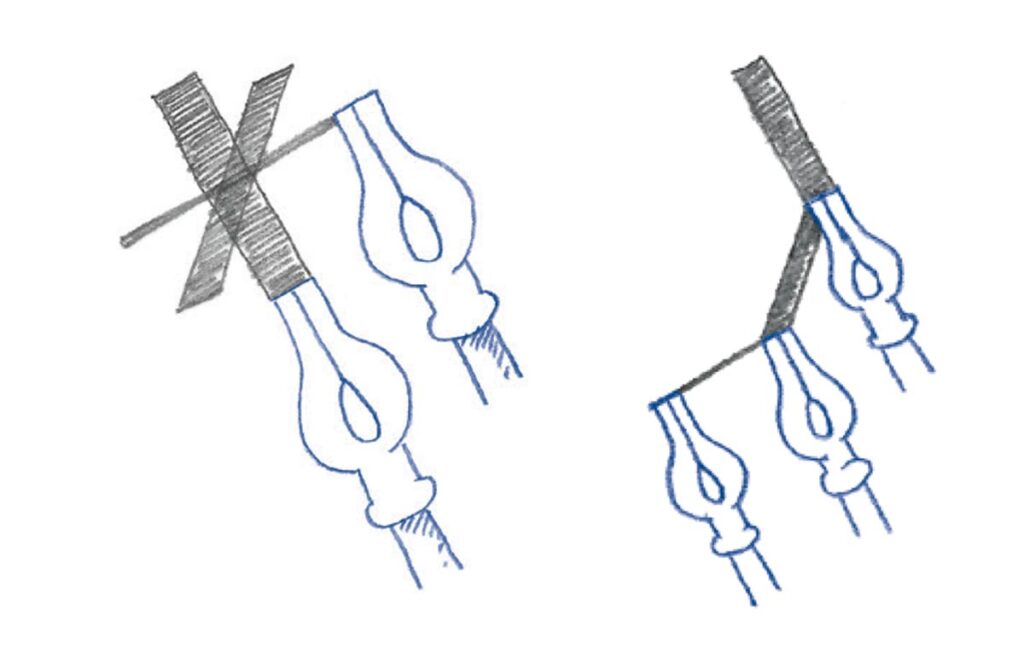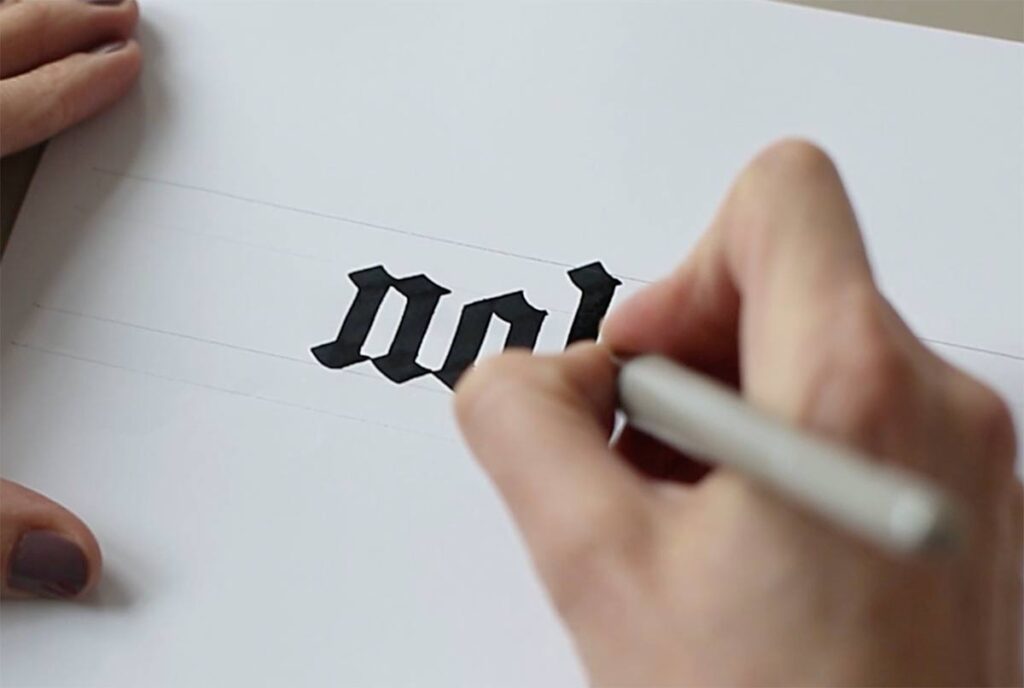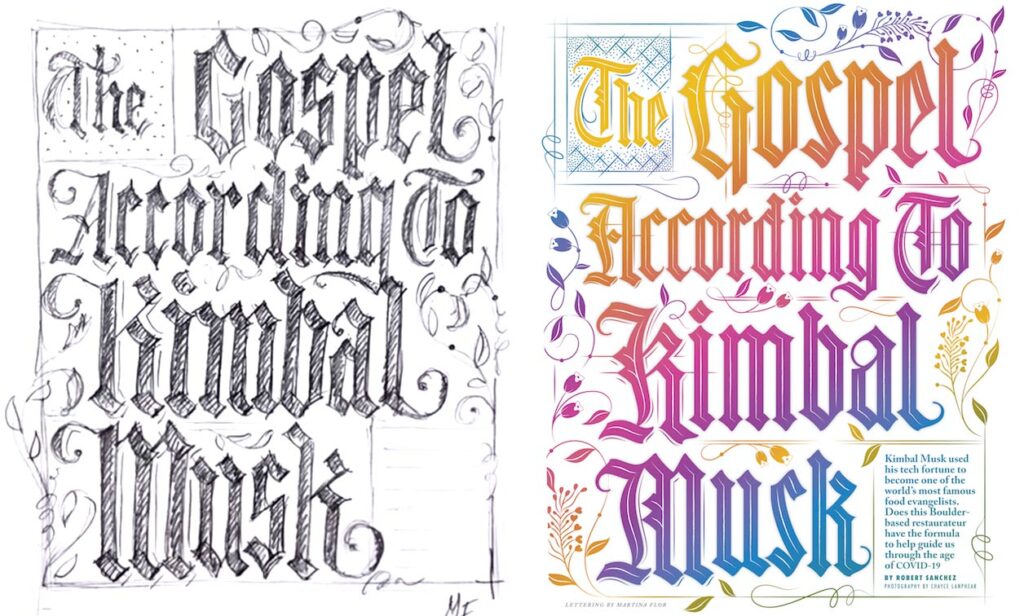I bet you are planning for 2023 and thinking of all the things you want to accomplish. In this post, I’ll share with you my personal success system to do just that.
I used to plan my years doing like everyone else does: writing down the things I wanted to accomplish in my life and business.
Because of that, I had trouble hitting my goals as I felt that every new year added more overwhelm. I had way too many things on my plate.
Does this sound familiar to you?
I don't use that system anymore. Thanks to that, my business has continued to grow steadily throughout the past years.
This is how my system works:
#1 Reflect.
Look back at the things you accomplished this year that brought you joy and results.
These are some of the questions that can get you started:
- what were my favorite experiences?
- what felt easy?
- what felt hard?
- what did you love creating and working on?
- what do you never want to do again?
- what brought in the most revenue?
This will give you a lot of information about what works financially and what makes you happy.
I often say to students at The Lettering Seminar that "the solutions to your drawing are in your drawing". Observing and being critical of your work can be a powerful tool.
Likewise, observing and being critical of what happens in your life and business can be powerful. After all, you want to strive for as many happy moments as possible!
#2 Identify the big players
Once you answer those questions and put a finger on what works, you move on to applying the 80/20 rule.
And you may wonder what the hell is that rule, Martina?
The 80/20 principle, also known as the Pareto Principle, is an aphorism that asserts that 80% of the results are driven by 20% of the efforts.
This rule applies to your creative work and your business, too!
Identifying what that powerful 20% exactly is and doubling down on that is what will help you thrive without burning out or spreading thin.
What are the things that are bringing the best results for you? How can you do more of it?
#3 Simplify.
Eliminating complexity is the third part of this process. How can you let go of the things that don't serve you anymore?
Letting go is freakin' tough. Especially after investing a fair amount of time (and perhaps money) in something.
But holding on to it will keep you away from using that time and energy on the things that really matter and have an impact on your results.
Lastly, look at your notes, what are you left with? Do these goals light you up? There you are, you got it!
Now is the time to wrap up your sleeves, and draft a plan that will help you accomplish them.
In this podcast episode, I walk you through this system so that you can start planning for a kick-ass 2023 today.
Click here to hear me guide you step-by-step.
Would love to hear back from you with some of the things that you have lined up for next year.
On my side, I know that nurturing my community of lettering artists and finding new ways to connect with you is my main goal for next year.

